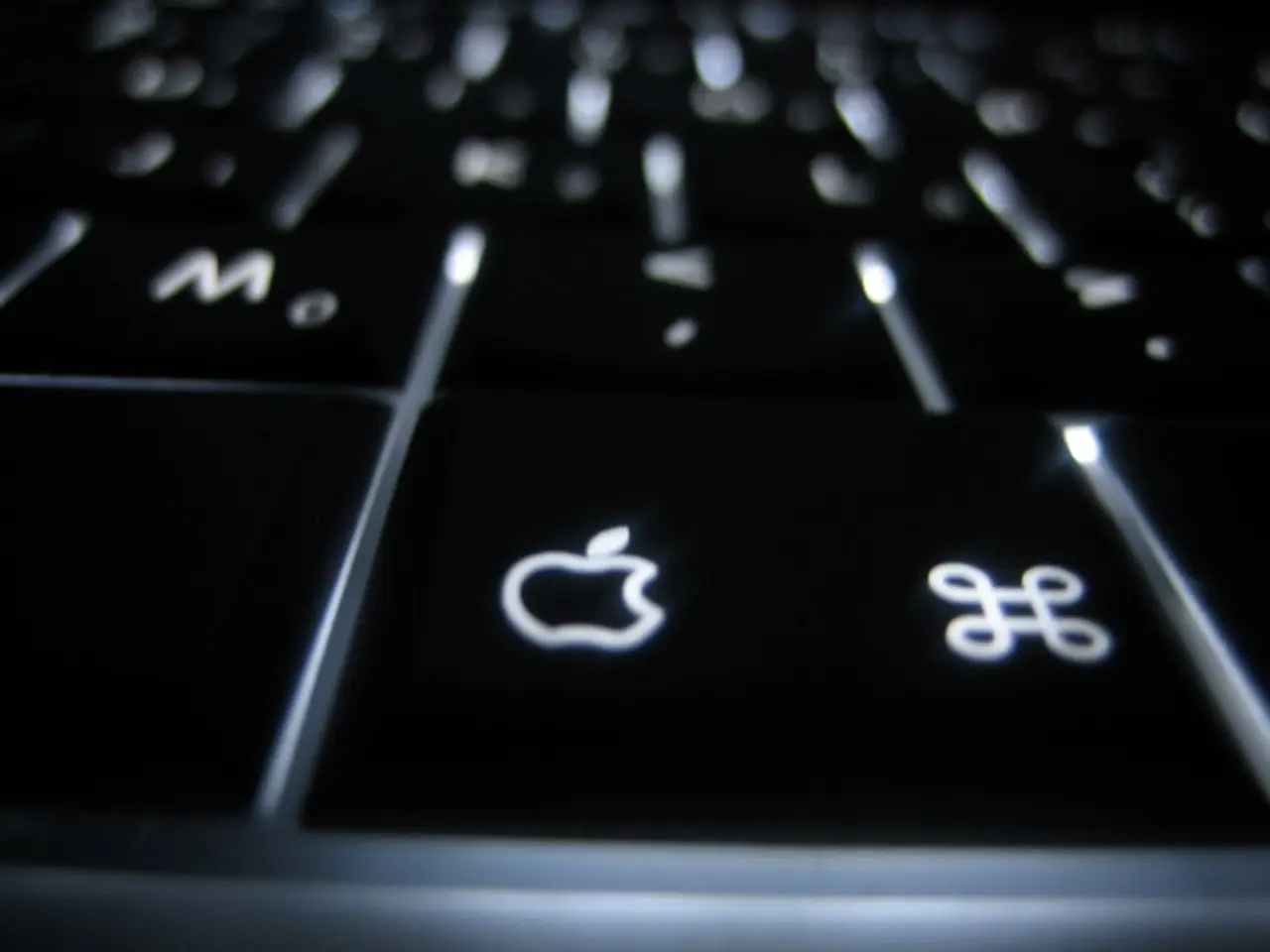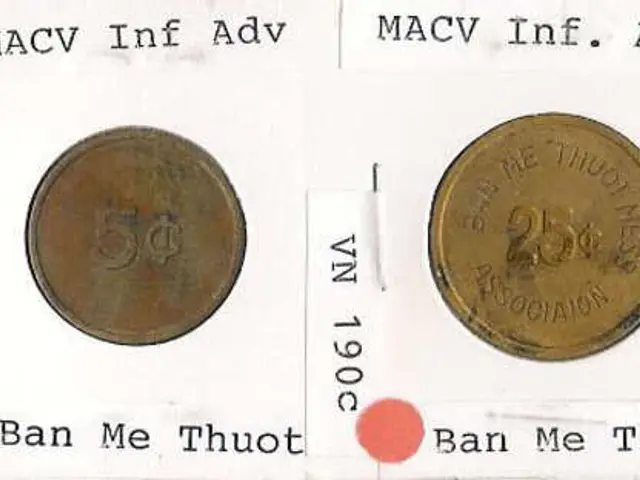Investigating the Actual Price Tag for Apple: An In-Depth Examination of the Billion-Dollar Inquiry
In the world of business, few acquisitions would be as monumental as that of Apple Inc. With a market capitalization hovering around several trillion dollars, the tech giant's value is nothing short of astronomical. Financing such an acquisition would be an unprecedented undertaking, requiring trillions of dollars.
The road to acquiring Apple is fraught with obstacles. A hostile takeover would be extraordinarily difficult to execute successfully due to Apple's massive size, widespread ownership, defensive measures, and potential opposition from various stakeholders. A consortium of investors, including sovereign wealth funds, private equity firms, and other large institutional investors, emerges as the most plausible scenario.
However, even a consortium of the world's wealthiest entities would face significant challenges. Regulatory hurdles, particularly antitrust concerns, would pose a significant obstacle. The scale of such a transaction is unprecedented, and obtaining regulatory approvals across multiple countries would be a daunting task.
Moreover, managing the complexity of integrating a company of Apple's size and cultural distance would pose significant operational and strategic risks. Retaining key employees and managing the human element would be crucial to maintaining Apple's innovation and competitiveness.
Apple's intangible assets, including brand reputation, customer loyalty, innovation culture, and ecosystem, are difficult to quantify but contribute significantly to its overall value. Any acquisition would need to be carefully managed to avoid damaging its reputation.
The primary strategic rationale for acquiring Apple would likely revolve around gaining control of its vast ecosystem, brand loyalty, and customer data, as well as accessing its intellectual property portfolio. However, an acquisition could have a profound impact on Apple's brand, innovation, and employee culture, potentially alienating consumers, stifling innovation, and leading to employee attrition.
Financial analysts often use methods like Discounted Cash Flow (DCF) Analysis to project Apple's future cash flows and discount them back to their present value. The Price-to-Earnings (P/E) ratio and Price-to-Sales (P/S) ratio are also used to compare Apple's stock price to its earnings per share and annual revenue, respectively.
Equity financing would likely involve significant dilution for existing shareholders and potentially shift control of the acquiring entity. Debt financing is a limited option due to the sheer size of the debt and concerns about Apple's ability to service it.
Enterprise Value (EV), a more comprehensive measure that accounts for debt, cash, and other factors, provides a more holistic view of Apple's valuation. Control premiums for acquiring Apple would likely range from 20% to 50% or even higher.
In conclusion, while a handful of entities globally might possess the financial resources to attempt an acquisition of Apple, the challenges would be immense. From regulatory approvals and integration complexities to preserving Apple's core values and culture, any potential acquirer would need to tread carefully to ensure a successful outcome. Market capitalization is a starting point for understanding Apple's valuation, but it doesn't provide the entire picture. The intangible assets, strategic considerations, and human element all play crucial roles in assessing the true value of this tech titan.
Read also:
- Peptide YY (PYY): Exploring its Role in Appetite Suppression, Intestinal Health, and Cognitive Links
- Toddler Health: Rotavirus Signs, Origins, and Potential Complications
- Digestive issues and heart discomfort: Root causes and associated health conditions
- House Infernos: Deadly Hazards Surpassing the Flames








